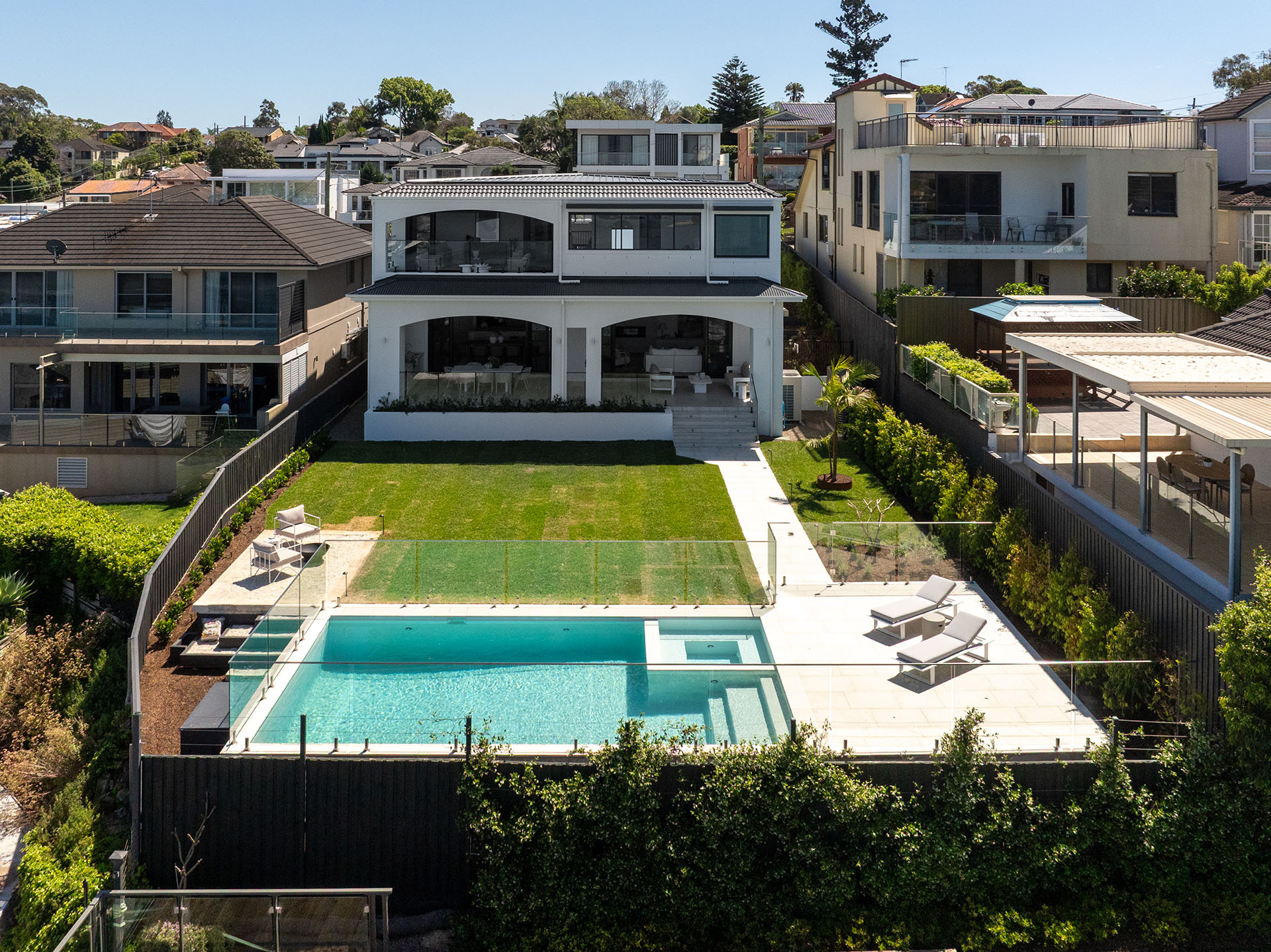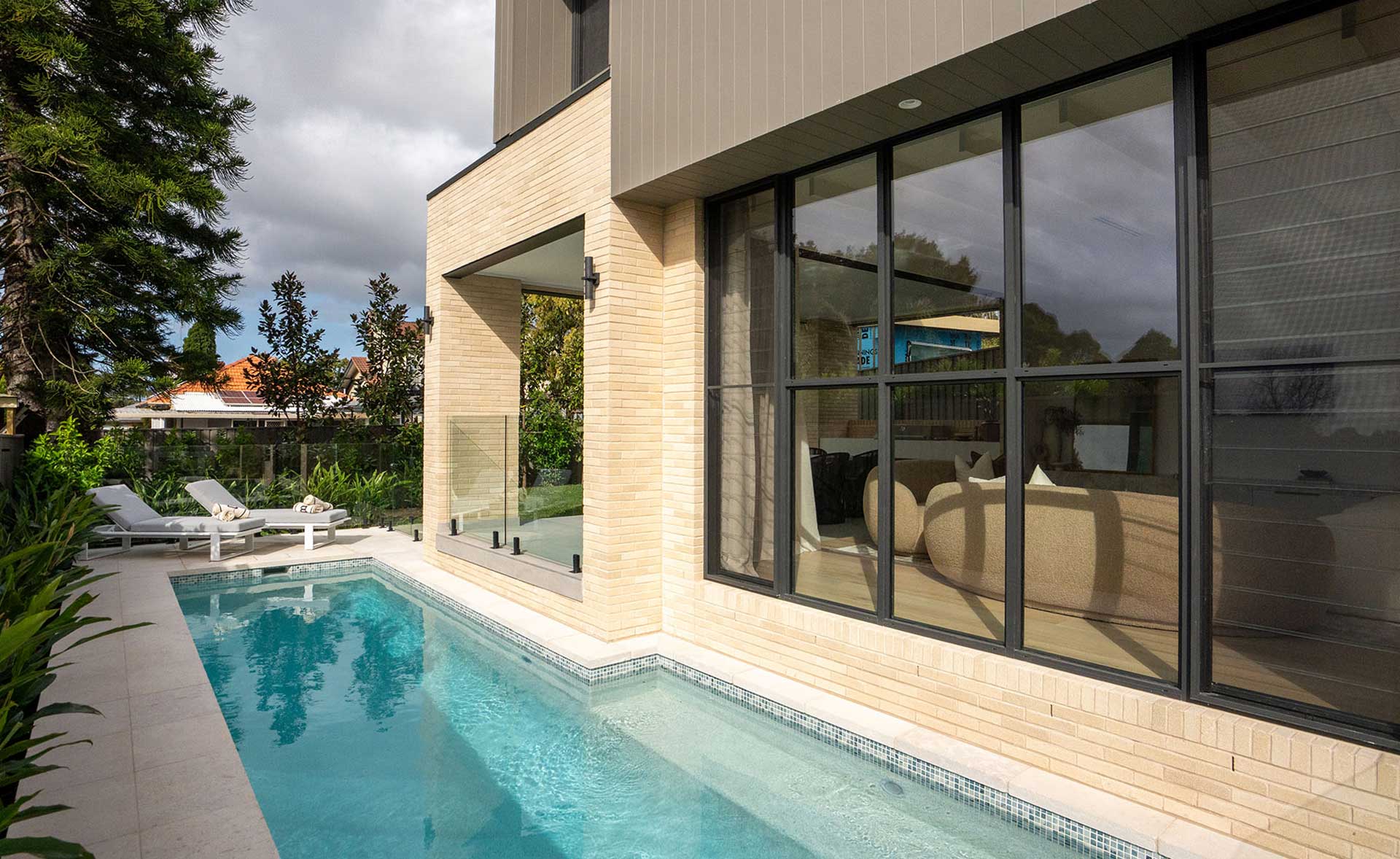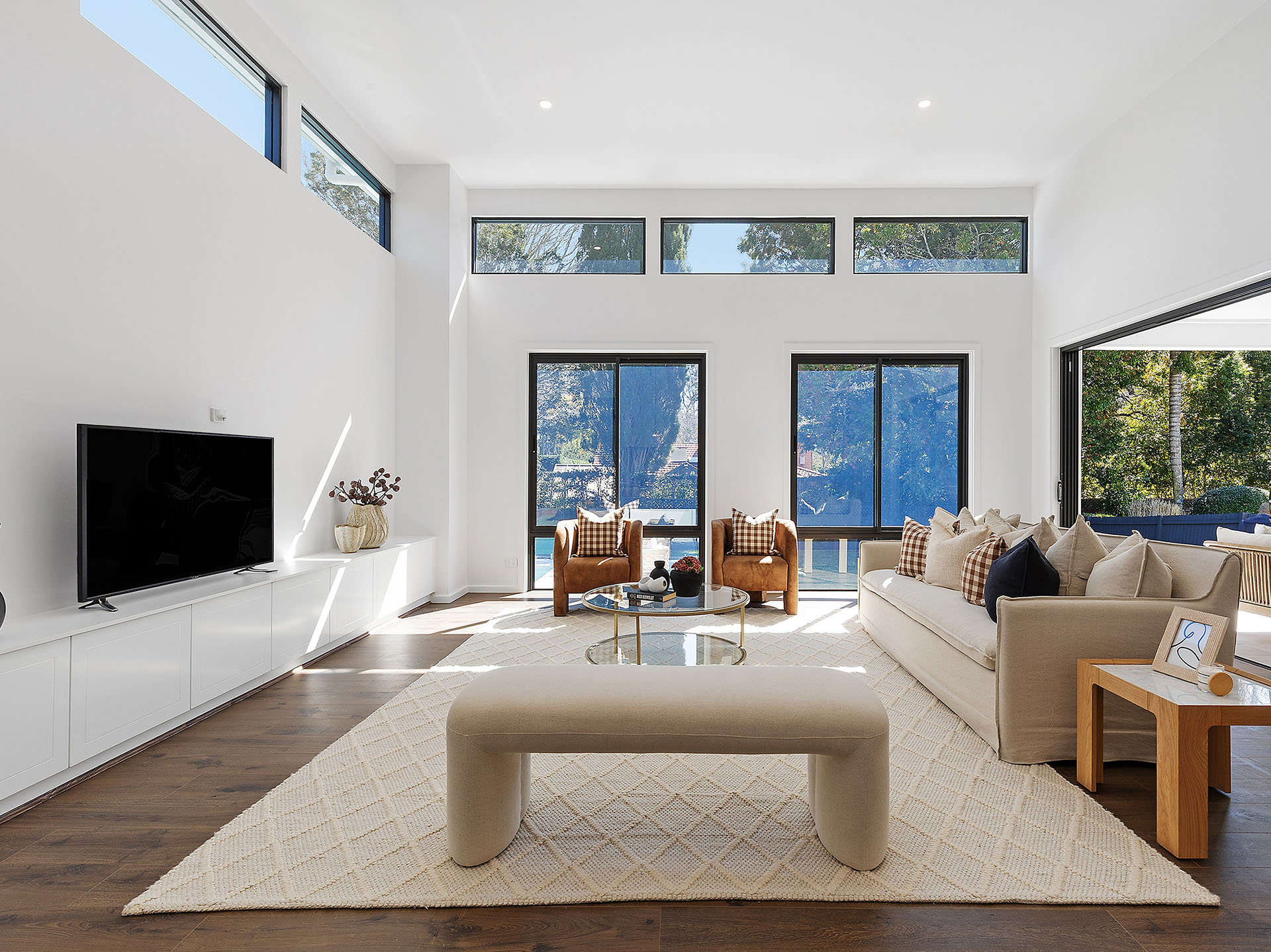Home Rituals. Design a Home That Works Like You Do

Written By
Nick Rawson
.jpg)
Discover how thoughtful home design can ease the chaos of daily life — from morning rush to weekend unwind. At Hall & Hart, we create homes that reflect how you really live, blending style with function and financial clarity.
From morning rush to midnight wind-down – designing a home that works like you do
You’re raising a family, juggling work, racing to sport on Saturdays, and still trying to host a half-decent lunch with friends. The last thing you need is a home that slows you down or gets in the way.
When you’re building a home, the goal isn’t just aesthetics. It’s rhythm. Flow. Function. A place that supports how you live — not how someone else thinks you should.
That’s the thinking behind our Form, Function and Financial Clarity messaging. It’s about designing homes that feel good to look at, and even better to live in. Homes that carry you through the realities of everyday life — without making you compromise what matters.
Mornings are frantic – layout should help, not hinder
Before 8am, the house has already been tested. You’re battling for the mirror, dodging dirty laundry on the bathroom floor, and navigating a shared bench full of hair dryers, makeup bags, and toothpaste caps.
A few design choices can make a big difference:
- Pull-out laundry hampers in bathrooms to avoid trip hazards when everyone’s getting ready in a hurry.
- Well-placed full-length mirrors so multiple people can check outfits at once without crowding a single space.
- A makeup desk with good lighting so grooming essentials aren’t fighting for space on the shared vanity.
- Double access bathrooms to reduce queues and keep things moving.
These aren’t indulgences. They’re the result of planning with intent.

The middle of the day has changed — homes need to adapt accordingly
Working from home. Midday naps. Deliveries. Early pick-ups. Life doesn’t pause after 9am.
Homes designed ten years ago often struggle to accommodate this shift. The dining table becomes a desk. A partner on calls clashes with a toddler watching Bluey. You’re constantly managing overlap.
That’s where considered design comes in:
- Zoned layouts with acoustic separation allow simultaneous activity without stress.
- Reading nooks that double as tech zones give kids a soft landing after school, without hijacking the main living space.
- Dedicated office space (not just a corner) that lets you switch between professional and personal mode with minimal friction.
You don’t need more rooms. You need clarity of purpose in the ones you already have.

Evenings are multi-tasking in motion — design should support it
Homework, dinner, three different meal requests, and an inbox that’s still ticking. Sound familiar?
These kinds of evenings don’t call for more square metres — just smarter ones:
- An island bench big enough to handle chopping boards and algebra worksheets side-by-side.
- Bench space that supports multiple meals — from your go-to salmon and veg to your partner’s short-lived macro experiment and your child’s backup spaghetti.
- A double-bowl sink that handles the reality of dishes piling up without derailing the rest of the evening
It’s not about perfection. It’s about ease of use — for how you actually live.

Weekends are for everything — sport, hosting, recovering, reconnecting
By Saturday you’ve ticked off sport, errands, and maybe a quick coffee. But a home designed for weekend life understands that the pace doesn’t slow — it just shifts.
The right layout creates natural transitions:
- Indoor–outdoor flow so the day can move from kitchen to lawn without needing a reset.
- Poolside zones for the kids, and shaded alfresco areas for the grown-ups — all part of the same experience.
- BBQ and outdoor kitchens that invite casual gatherings without running inside for every utensil.
- Firepits and long-table dining where a good lunch can roll into dinner. Maybe the footy’s on in the background. Maybe the wine cellar was a worthwhile idea after all.
It’s not about entertaining for show. It’s about making space for shared time — without friction or fanfare.
.jpg)
Design should start with how you live
Most families we speak to already have a clear sense of what’s working — and what’s not.
The challenge isn’t vision. It’s prioritisation.
How do you balance personal routines with family needs, budgets with aspirations, space with intent?
The answer isn’t always obvious, but the starting point is: design from your life, not from someone else’s checklist.
Our Form, Function and Financial Clarity brief template is a practical tool to help clarify what matters most — and make sure design decisions reflect your reality, not just inspiration boards.
Download it now and start designing a home that works like you do.
Journal
More News Articles
Start with a Feasibility + Cost Review
Quick Links
Resources
Contact
Subscribe to our newsletter
Copyright 2024 Builders Licence 275897c Privacy Policy. Powered by TAG




.jpg)
